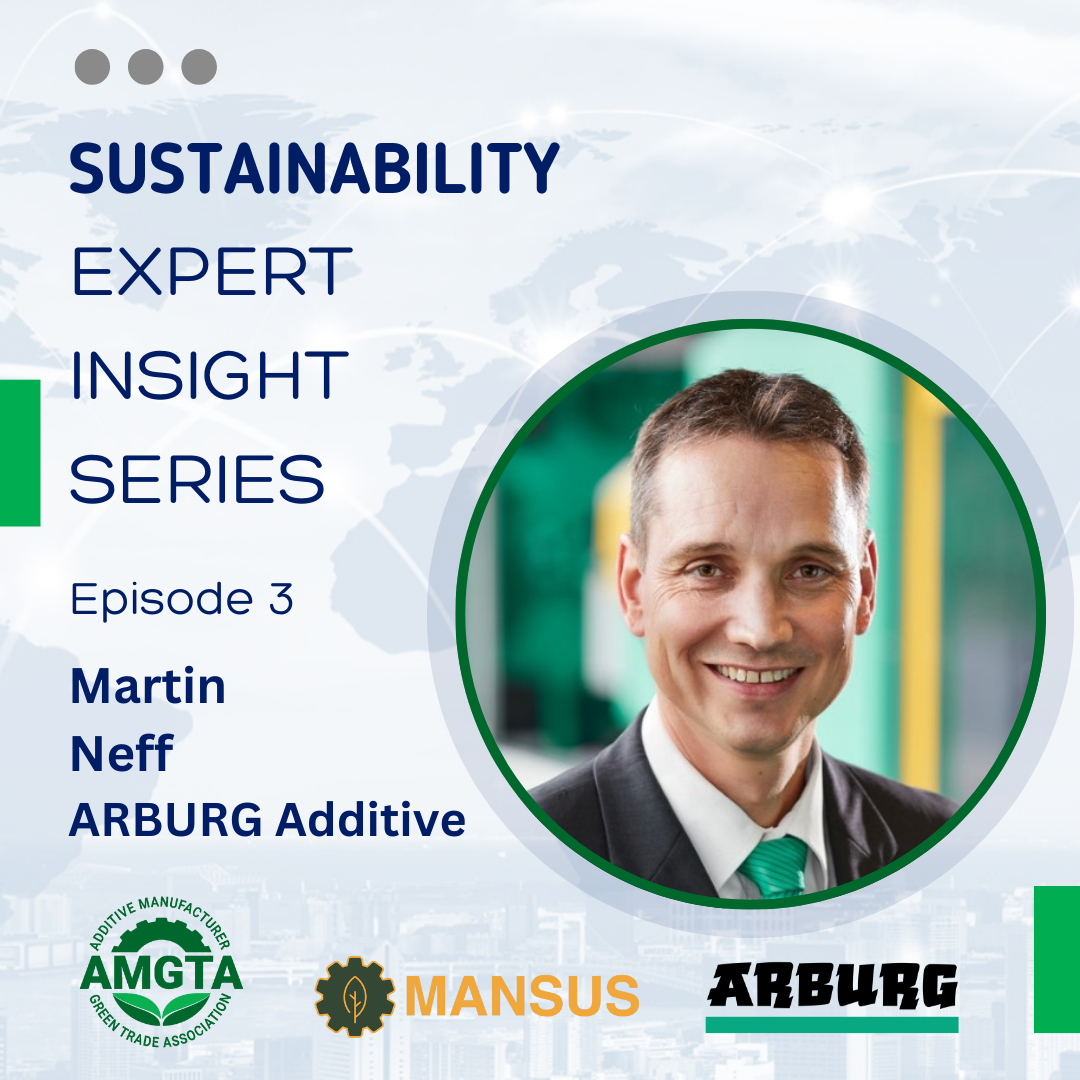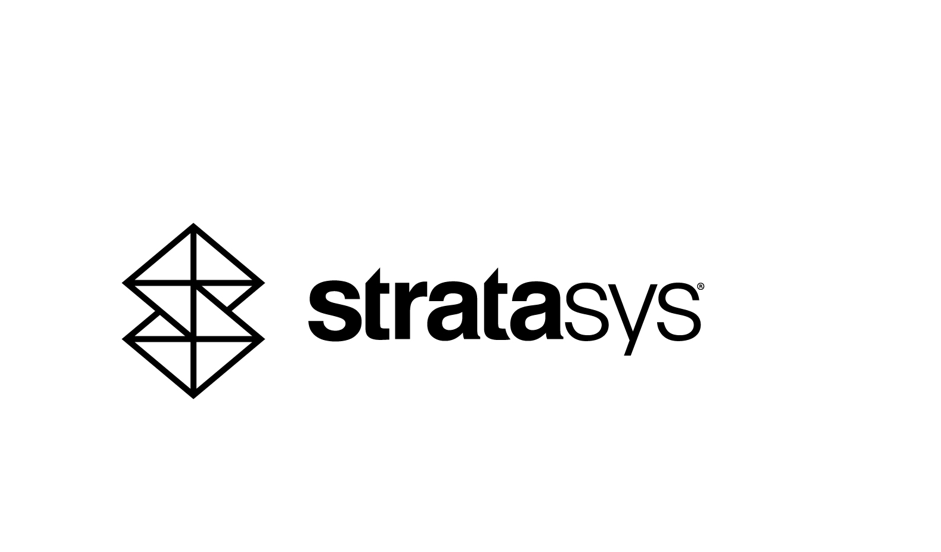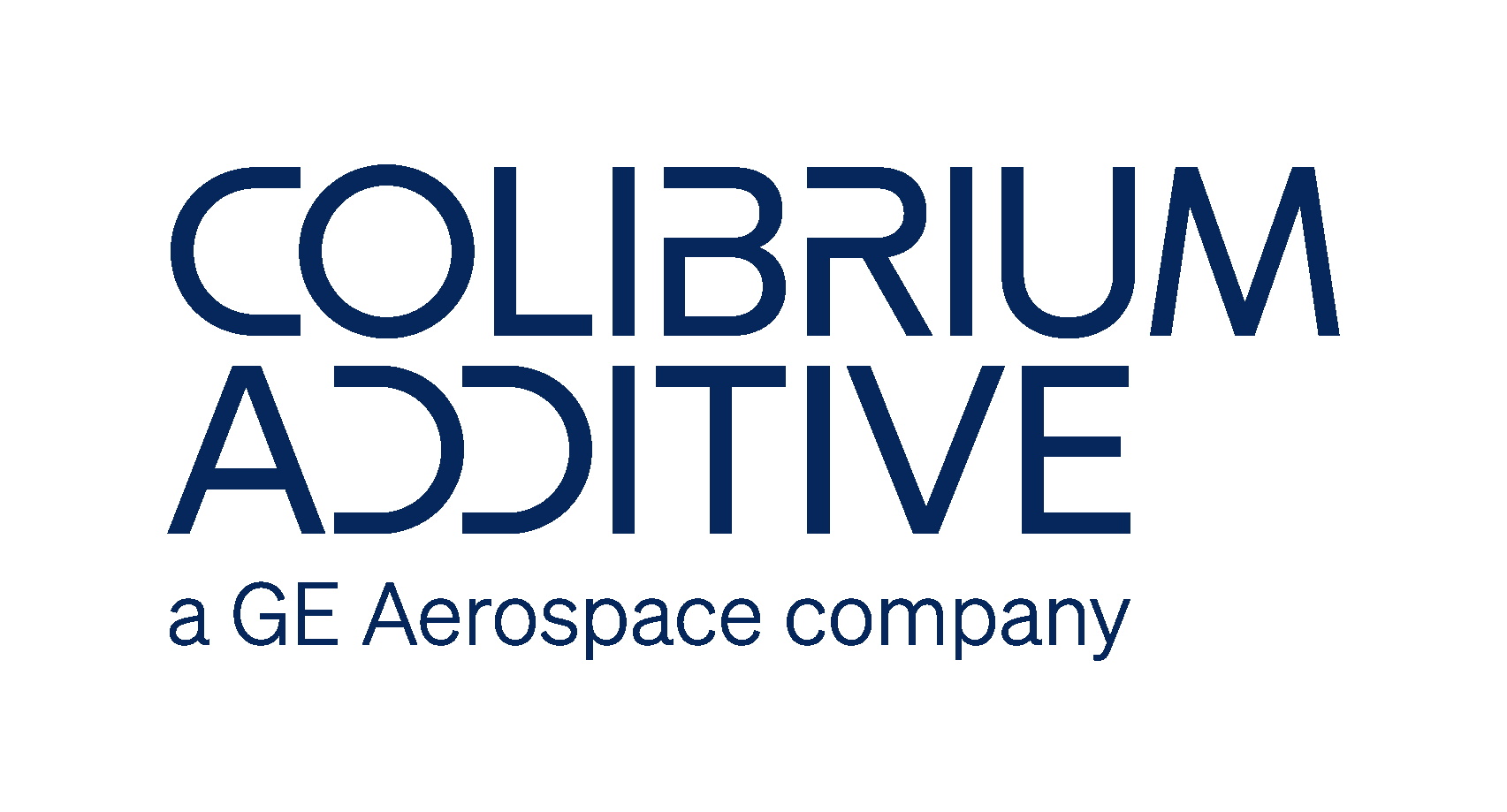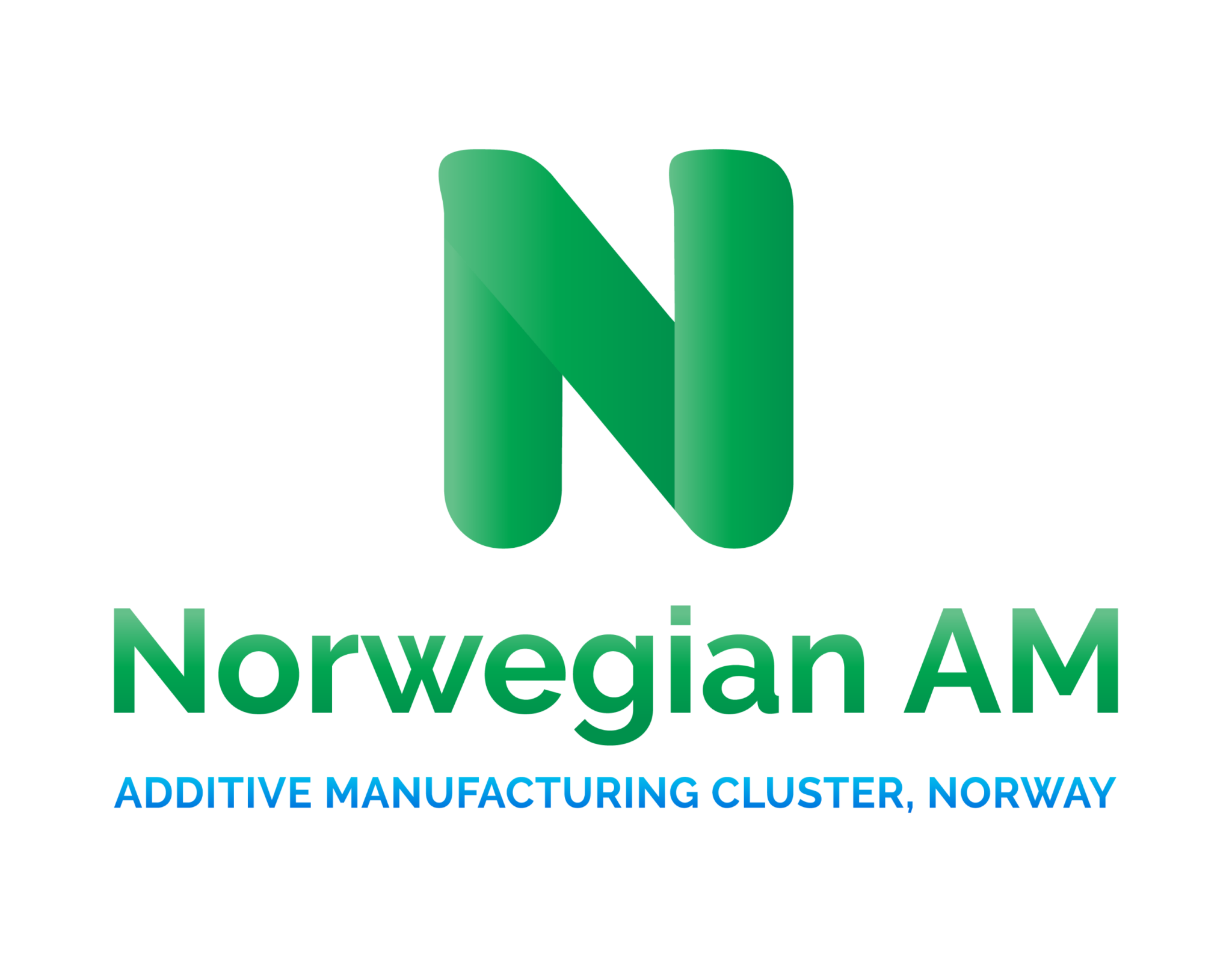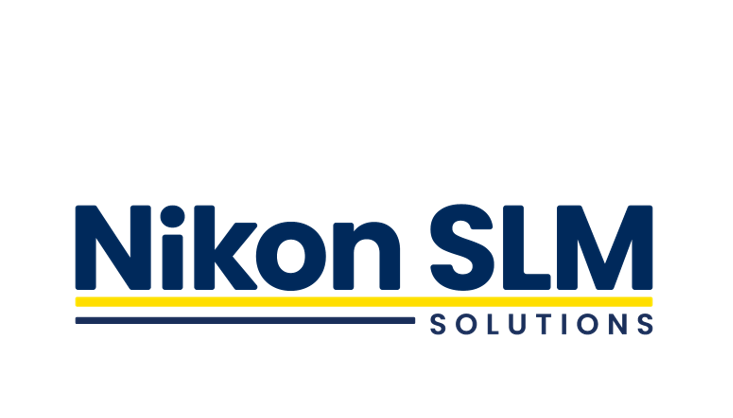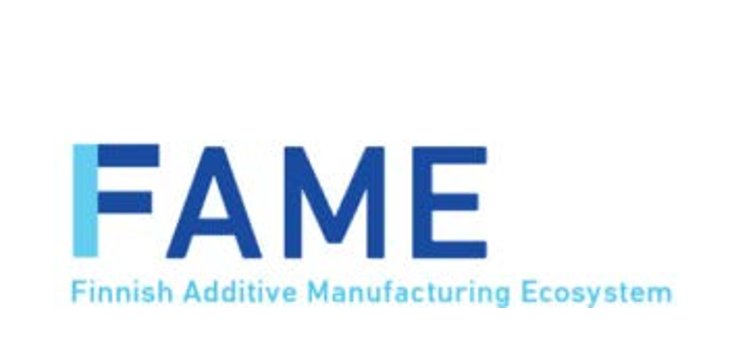January 22, 2025 Sustainability Expert Insights with Industry Expert Martin Neff, Global Sales Director, ARBURG Additive.

Welcome to episode three of our nine-part miniseries produced in collaboration with MANSUS. This series explores the potential of additive manufacturing (AM) and how AMGTA members are shaping a sustainable and commercially viable future.
The first episode of our series features, Executive Director, Sherri Monroe, sharing how AM can provide businesses with innovative and sustainable production and distribution solutions. In the second episode, we interviewed Björn Hannappel, Head of Sustainability at EOS, a global leader in industrial 3D printing solutions for metals and plastics. He discussed how collaboration, responsible design and materials, digital value chains, and innovation contribute to advancing sustainability at EOS.
In episode three, we met with Martin Neff, Global Sales Director at ARBURG Additive, a subsidiary of ARBURG GMBH, a leading global manufacturer of machines for plastics processing including injection molding machines, 3D printers, and robotic systems. During the interview, Martin shared his insights on how ARBURG Additive is integrating sustainability into its products and its contributions to the future of additive manufacturing.
ARBURG Additive: A History of Excellence and Sustainability
Established in 1923, ARBURG is a family-owned company headquartered in Lossburg, Germany. For the past 10 years, Additive Manufacturing (AM) has been an integral part of ARBURG’s product portfolio, utilizing their proprietary injection molding technology to create innovative solutions. ARBURG Additive produces additive parts using certified original materials for various applications, including medical and aerospace.
Shaping a Sustainable Future: Waste Reduction and Material Reuse
One of ARBURG Additive’s key strategies for promoting sustainability is reducing waste and reusing materials. Neff explains how this approach is embedded in their open system technology and operations by using an airplane window frame that often needs replacement or modification, as an example.
“When we examine the window frames of planes and their interiors, we find that these materials often end up in landfills. However, with ARBURG’s technology, we can minimize this waste by shredding and reprocessing the materials to create a new 3D part that can be used in aerospace applications or on another plane. This sustainable process reduces waste, creates high-quality products, and enhances the functionality of the parts.”
Cost savings and using Biodegradable Materials
In addition to reducing waste, it is important to create materials from natural sources and polymers that are biodegradable or biobased while ensuring they are flexible, reliable, and mechanically efficient. An example is ARBURG’s use of the Ultem 9085 polyetherimide which is widely used in the aerospace industry because it is a flame retardant. Ultem parts require expensive support material that is typically discarded. To save on costs, the material is ground into flakes allowing it to be reused in the printing machine up to three times. This not only reduces the environmental impact but also contributes to a significant reduction in production costs.
Collaborating for Sustainability
Martin stresses the importance of collaborating with experts and specialists from all areas, including materials, manufacturing, development, and engineering. To reach sustainability goals, we must come together, exchange information, discuss best practices, and collaborate.
“That is why the AMGTA is very important,” stated Martin. “The organization enhances collaboration and promotes the sharing of information. I am very thankful for the organization’s creation and membership.”
The Future of AM and Achieving Sustainability
Looking ahead, Martin believes that additive manufacturing will play an increasingly significant role in driving sustainable practices in manufacturing. Onsite manufacturing capabilities enable the production of more lightweight components, which saves materials and energy.
“We must be innovative in our approach to creating additive parts. AM is a great tool for enhancing functionality within a single part, maintaining high standards, and reducing the overall environmental footprint to achieve our sustainability objectives.” Martin explained. “By achieving greater functional integration, we can reduce the number of parts required, which promotes sustainable manufacturing. AM can be a great tool to help companies achieve their sustainability goals faster.”
By focusing on waste reduction, material recycling, and the development of biodegradable and biobased materials, ARBURG Additive is setting a powerful example of how additive manufacturing can drive both economic and environmental benefits.
To hear more about ARBURG Additive’s sustainability efforts, be sure to check out the full series on our website and via the MANSUS YouTube channel we will be sharing a new episode every Wednesday until 5th March. Thank you to our valued members for taking the time to participate in our series.

